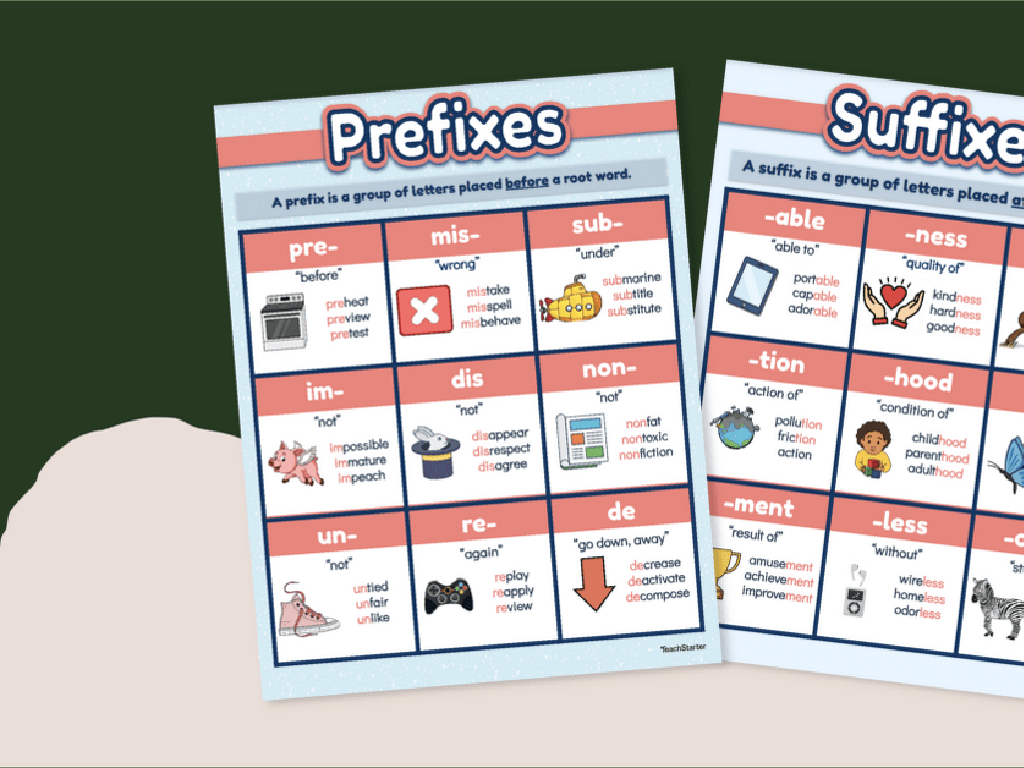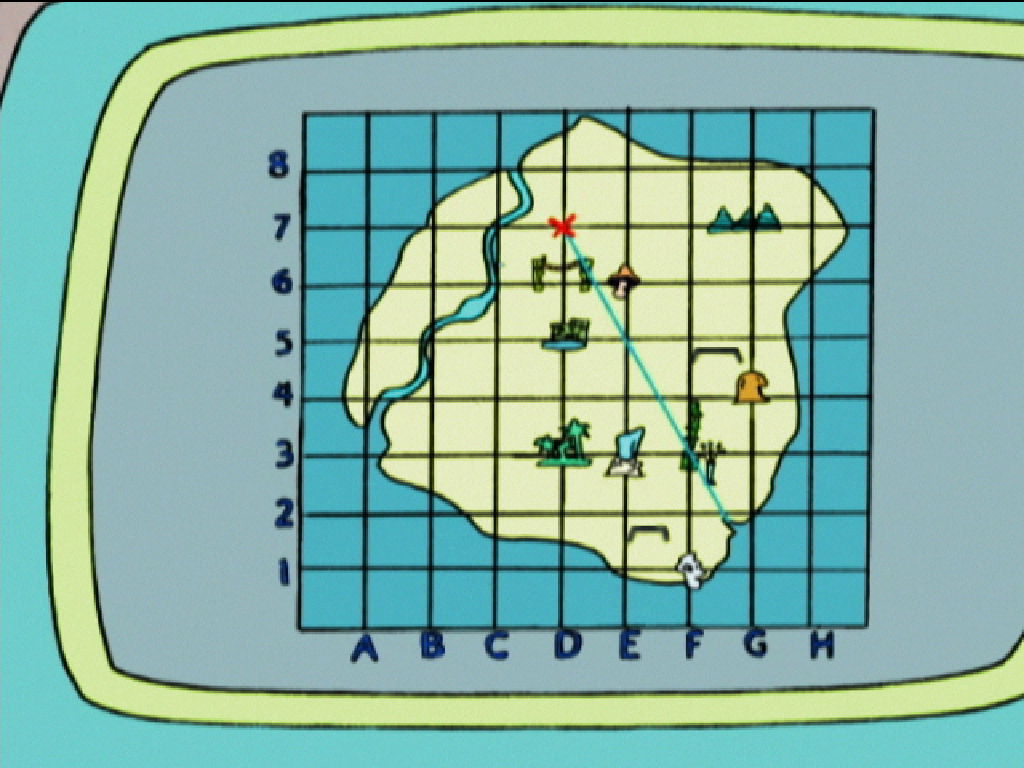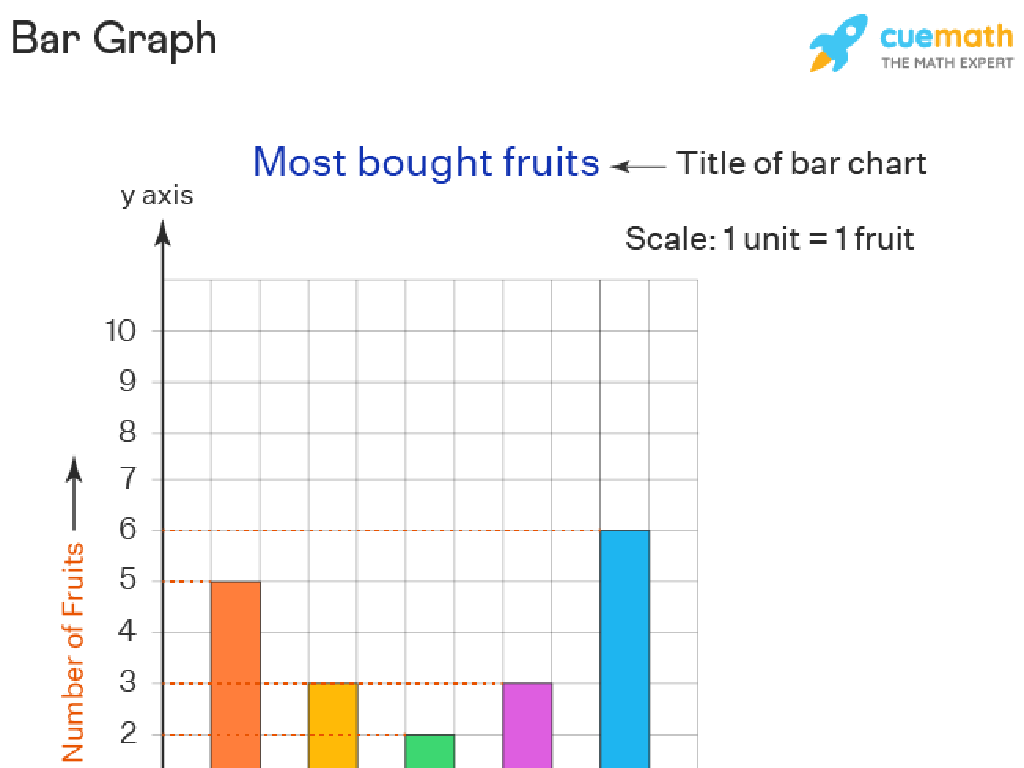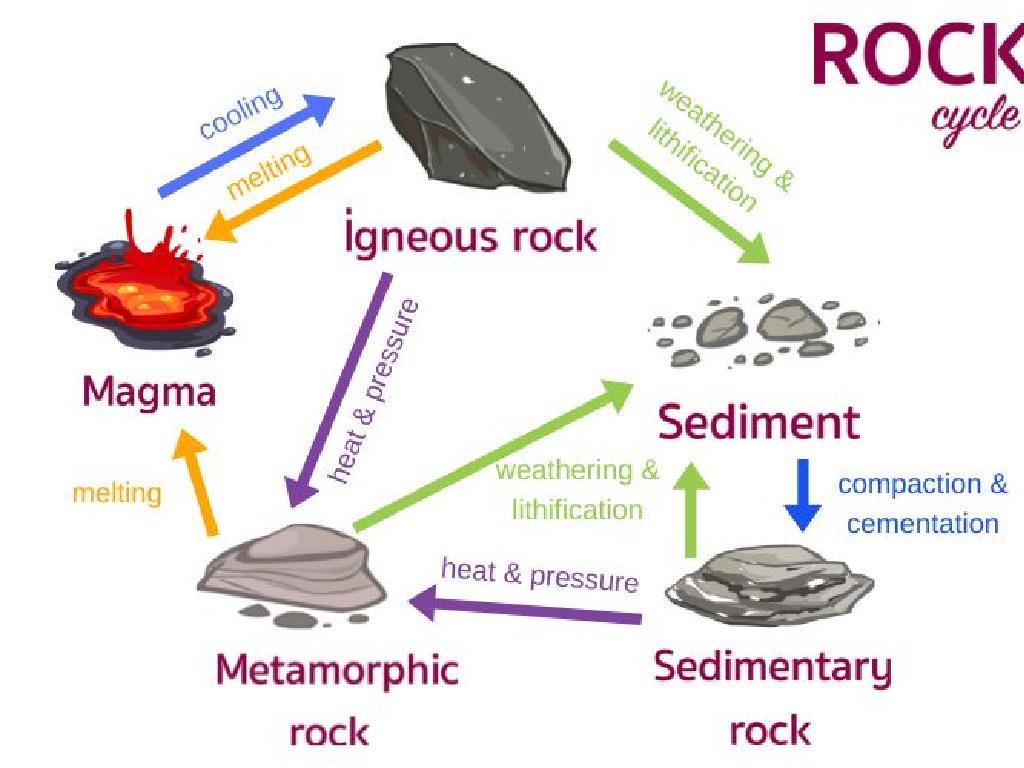Count Money - Pennies, Nickels, And Dimes Only
Subject: Math
Grade: Second grade
Topic: Money Up To $1
Please LOG IN to download the presentation. Access is available to registered users only.
View More Content
Introduction to Money: Coins in Our Lives
– What is money?
– Importance of money
– Money helps us buy things we need and want.
– Meet the coins: penny, nickel, dime
– A penny is 1 cent, a nickel is 5 cents, and a dime is 10 cents.
– Each coin’s value
– Learn to recognize and value coins by size and color.
|
This slide introduces students to the concept of money, focusing on the three most common coins they will encounter: pennies, nickels, and dimes. Begin by discussing what money is and why it’s essential for purchasing goods and services. Emphasize the importance of money in everyday life, such as buying food or saving for toys. Introduce each coin by showing real examples or images, and explain their values. Help students to recognize each coin by its distinct size, color, and markings. Encourage them to handle the coins to become familiar with the physical differences. This foundational knowledge sets the stage for learning how to count money and make change.
Meet the Coins: Pennies, Nickels, and Dimes
– A penny is worth 1 cent
– A nickel is worth 5 cents
– A dime is worth 10 cents
– Observe size, color, and numbers
– Pennies are small and copper, nickels are larger and silver, dimes are small and silver with a number 10
|
This slide introduces the basic coins used in American currency to second graders. Emphasize the value of each coin: a penny is the smallest value coin, a nickel is worth the same as five pennies, and a dime is worth two nickels or ten pennies. Encourage students to observe the physical characteristics of each coin, such as size, color, and the numbers engraved on them, which can help them identify and differentiate the coins. Provide real or play coins for students to handle and examine. You can also plan activities where students practice counting coins and making change up to one dollar using only these three types of coins.
Counting Pennies: Every Cent Counts!
– Count pennies one by one
– Each penny equals 1 cent
– Remember, 1 penny = 1 cent!
– Practice counting up to 10 cents
– Start from 1 cent and count to 10 cents
– Group activity: Counting pennies
– Let’s count pennies as a class and see if we can reach 10 cents together!
|
This slide is focused on teaching second graders the basics of counting pennies, which is the foundation for understanding money. Start by explaining that each penny is worth 1 cent and demonstrate how to count each penny individually. Then, engage the students in a practice session where they count from 1 cent to 10 cents. For the group activity, provide a small number of pennies to each group and ask them to count out loud together, reinforcing the concept of counting by ones. This activity will help solidify their understanding of the value of pennies and how to count them. Encourage the students to be attentive and assist each other during the activity. The goal is to ensure that every student can confidently count pennies up to 10 cents by the end of the lesson.
Counting Nickels
– Each nickel equals 5 cents
– Remember, 1 nickel is like 5 pennies!
– Count by fives with nickels
– Let’s count together: 5, 10, 15, and so on.
– Practice counting up to 50 cents
– How many nickels make 50 cents? Let’s find out together.
|
This slide is focused on teaching second graders how to count nickels. Start by explaining the value of a nickel and comparing it to pennies to give students a clear understanding of its worth. Then, engage the class in counting by fives to reinforce the concept of skip counting, which is a fundamental skill in math. Use real or play nickels to count together as a class, helping them visualize and understand the accumulation of value as they count. The goal is for students to comfortably count multiple nickels and understand their total value up to 50 cents. Encourage students to practice with hands-on activities, such as counting nickels in groups or using worksheets with nickel illustrations.
Counting Dimes: Learning to Count by Tens
– Understand a dime equals 10 cents
– A dime is the smallest coin that’s worth 10 cents.
– Count by tens with dimes
– Practice counting: 10, 20, 30… all the way to 100.
– Practice counting dimes up to $1
– Use real or play dimes to count out loud until you reach $1.
– Group activity: dime counting
– Work in small groups to count dimes and check each other’s work.
|
This slide introduces students to the concept of counting money using dimes. Start by explaining the value of a dime and its relation to pennies. Emphasize that counting by tens is an efficient way to count dimes. Engage the class in a group activity where they practice counting dimes together, reinforcing their counting by tens skills. Provide real or play dimes for hands-on practice. Encourage students to help each other and confirm the correct total as they count up to $1. This activity not only teaches them the value of dimes but also reinforces their understanding of multiples of ten.
Combining Coins: Making Amounts
– Mix pennies, nickels, dimes for amounts
– Example: 1 dime + 1 nickel = 15 cents
– A dime is 10 cents and a nickel is 5 cents
– Example: 2 nickels + 5 pennies = 15 cents
– Each nickel is 5 cents, each penny is 1 cent
– Class practice: Make 25 cents
– Use different combinations of coins to total 25 cents
|
This slide introduces students to the concept of combining different coins to make specific amounts of money. Start by explaining the value of each coin: a penny is 1 cent, a nickel is 5 cents, and a dime is 10 cents. Show the class how different combinations of these coins can add up to the same amount, using the examples provided. For the class practice, encourage students to think of as many different ways as they can to make 25 cents, using any mix of pennies, nickels, and dimes. This activity will help them understand the flexibility in using coins and improve their counting and addition skills. Possible activities could include pairing students to find solutions together, using real or play coins for hands-on practice, or drawing their combinations on paper.
Money Math: Counting Coins
– Calculate total of 3 dimes and 4 pennies
– 3 dimes = 30 cents, 4 pennies = 4 cents, total = 34 cents
– Interactive class problem-solving
– Work together to solve money problems
– Understanding coin values
– Dime = 10 cents, Penny = 1 cent
– Practice with different coin combinations
– Try different numbers of pennies, nickels, and dimes
|
This slide is aimed at helping second graders understand the value of different coins and how to count them to find the total amount of money. Start by explaining the value of dimes and pennies. Then, present the problem of counting 3 dimes and 4 pennies. Engage the class in an interactive activity where they solve similar problems in groups or pairs. Reinforce the concept by discussing the value of each coin and practicing with various combinations of pennies, nickels, and dimes. Encourage students to think about how many different ways they can make a certain amount using only these coins. Provide real coins for hands-on practice if possible.
Class Activity: Coin Shop
– Set up a pretend shop in class
– Use play coins to ‘purchase’ items
– Items have price tags with pennies, nickels, and dimes
– Count out money for items
– Add up the coins to match the price tag
– Practice makes perfect!
|
This activity is designed to give students hands-on experience with counting money using pennies, nickels, and dimes. Set up stations around the classroom with various items labeled with price tags. Provide students with a set of play coins. They will select items to ‘buy’ and then count out the correct amount of money to ‘purchase’ the item. This practical exercise helps reinforce their understanding of the value of different coins and how to combine them to reach a total amount. Encourage students to double-check their counting before making a ‘purchase.’ Offer guidance as needed and consider pairing students to foster peer learning. Possible variations of the activity could include having students make change, setting up a ‘bank’ to exchange coins, or introducing simple math problems involving coin counting.
Money Mastery: Reviewing Coins
– Recap coin values: penny, nickel, dime
– A penny is 1 cent, a nickel is 5 cents, and a dime is 10 cents.
– Daily use of money
– We use money to buy things like food, toys, and books.
– Counting coins together
– Add up coins to find total amounts, like 2 dimes + 3 nickels = 25 cents.
– Practice makes perfect
|
As we conclude, let’s remember the value of each coin: pennies are 1 cent, nickels are 5 cents, and dimes are 10 cents. Understanding this is crucial for everyday transactions, whether buying a snack or saving for a toy. Review counting coins by presenting different combinations and adding them up to reach amounts under $1. Encourage students to practice with real or play coins at home to reinforce their skills. Remind them that with practice, they’ll become experts at identifying and counting coins, which is an important life skill.






